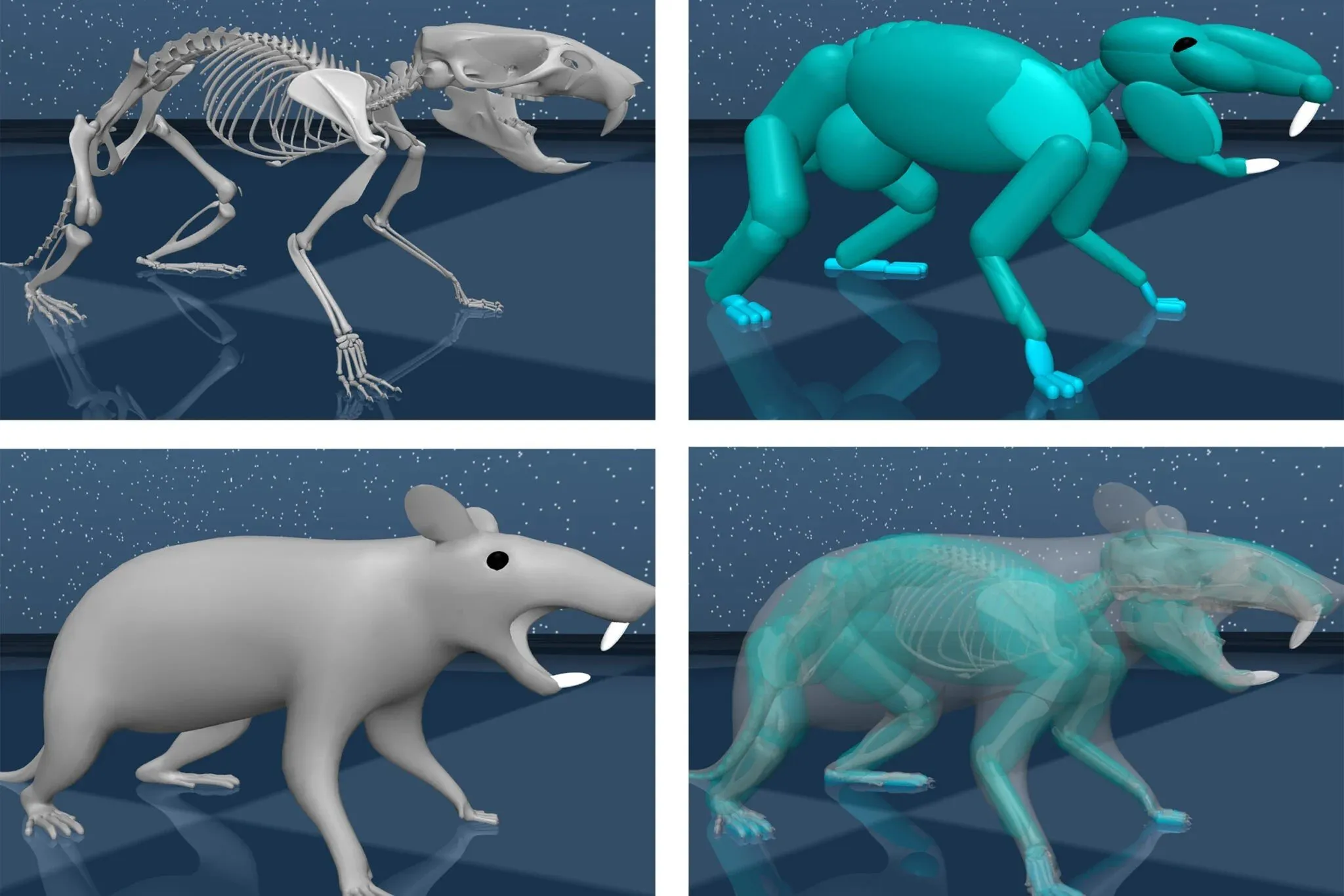
Science has built a better rat, controlled by an artificial intelligence (AI) brain.
This virtual rodent, developed by researchers at Harvard and Google's DeepMind AI lab, is capable of accurately mimicking the movement of real rats, a significant achievement that promises to advance our understanding of how brains control complex, coordinated movements.
It’s a feat that even today's most advanced robots struggle to replicate, and the team believes their findings could bring future robots vastly improved agility.
Professor Bence Ölveczky from Harvard's Department of Organismic and Evolutionary Biology led the effort, utilizing high-resolution data recorded from real rats to train the artificial neural network. His lab is dedicated to the mechanistic exploration of how the brain makes limbs move.
"We found that neural activity… was better predicted by the virtual rodent's network activity than by any features of the real rat's movements, consistent with both regions implementing inverse dynamics," the researchers wrote.
According to the study published in the journal Nature, the virtual rat simulation was crafted using the MuJoCo physics simulator, incorporating realistic forces such as gravity to mimic real-world conditions. The artificial neural network that drives the virtual rat's movements was trained on inverse dynamics models, enabling it to predict neural activity in real rats with high accuracy.
The report noted that the results can help scientists interpret neural activity across different behaviors and relate it to principles of motor control. The principles derived from studying the virtual rat have implications for the development of improved robotic control systems.
“These results demonstrate how physical simulation of biomechanically realistic virtual animals can help interpret the structure of neural activity across behavior and relate it to theoretical principles of motor control,” the research reads.

“We’ve learned a huge amount from the challenge of building embodied agents: AI systems that not only have to think intelligently but also have to translate that thinking into physical action in a complex environment,” Matthew Botvinick from Google Deepmind told the Harvard Gazette. “It seemed plausible that taking this same approach in a neuroscience context might be useful for providing insights in both behavior and brain function.”
The team employed cutting-edge techniques such as AI, deep reinforcement learning, and 3D motion tracking to enable the virtual rat to replicate a wide range of natural behaviors, including those it was not explicitly trained for. The approach could establish a new field of "virtual neuroscience," the paper noted, providing an accessible platform to study the neural bases of natural behaviors to understand better how brains control movement.
This area of study is crucial for developing advanced prosthetics and brain-machine interfaces like Neuralink or the technology being developed by Precision Neuroscience.
The insights gained from this work could lead to new therapies for movement disorders by recreating neural circuits. Additionally, the study noted, the virtual rat offers a transparent model for studying neural circuits and the effects of diseases on these circuits.
Moving forward, the researchers plan to give the virtual rat autonomy to solve tasks encountered by real rats, further advancing the understanding of brain algorithms for skill acquisition.
Ölveczky was unable to provide additional comment to Decrypt.
Edited by Ryan Ozawa.